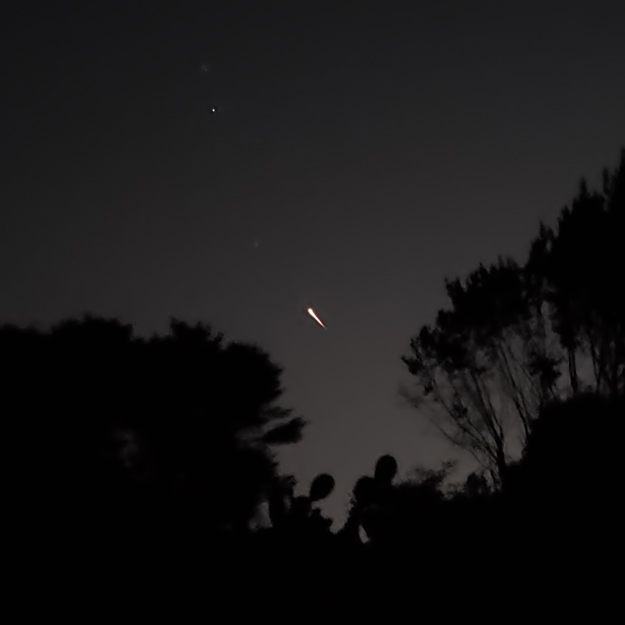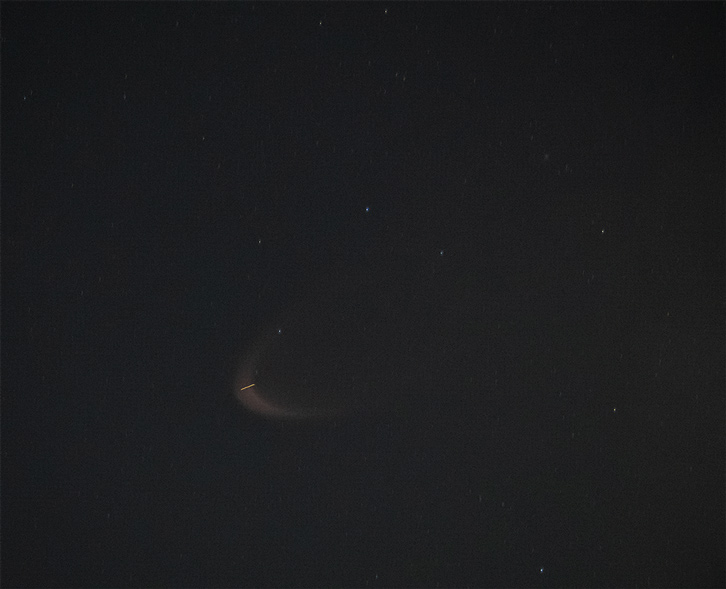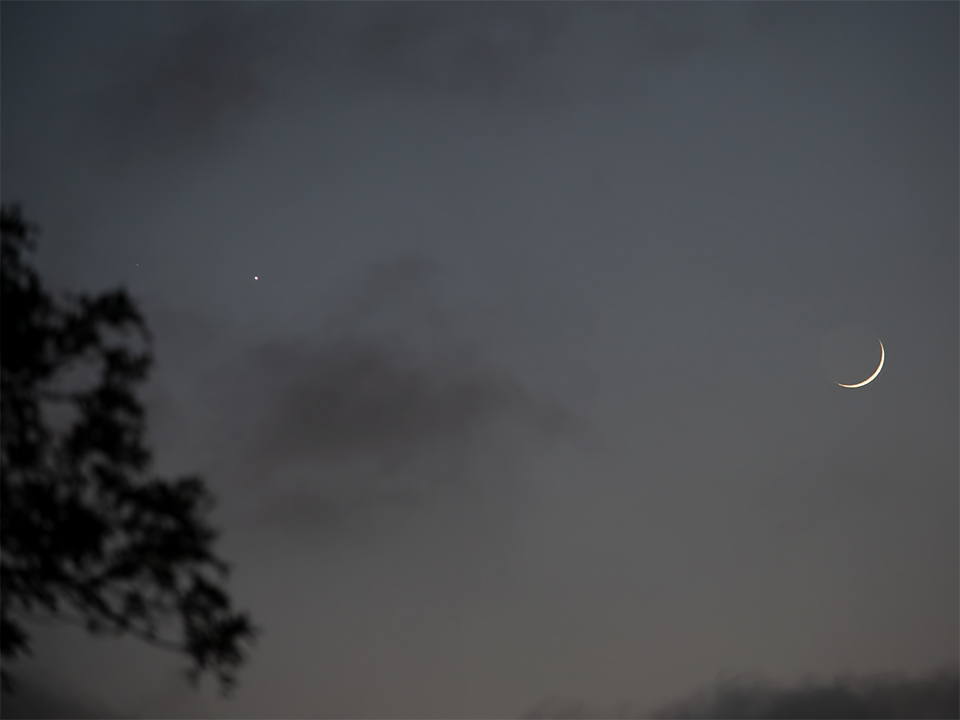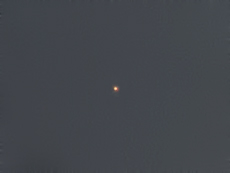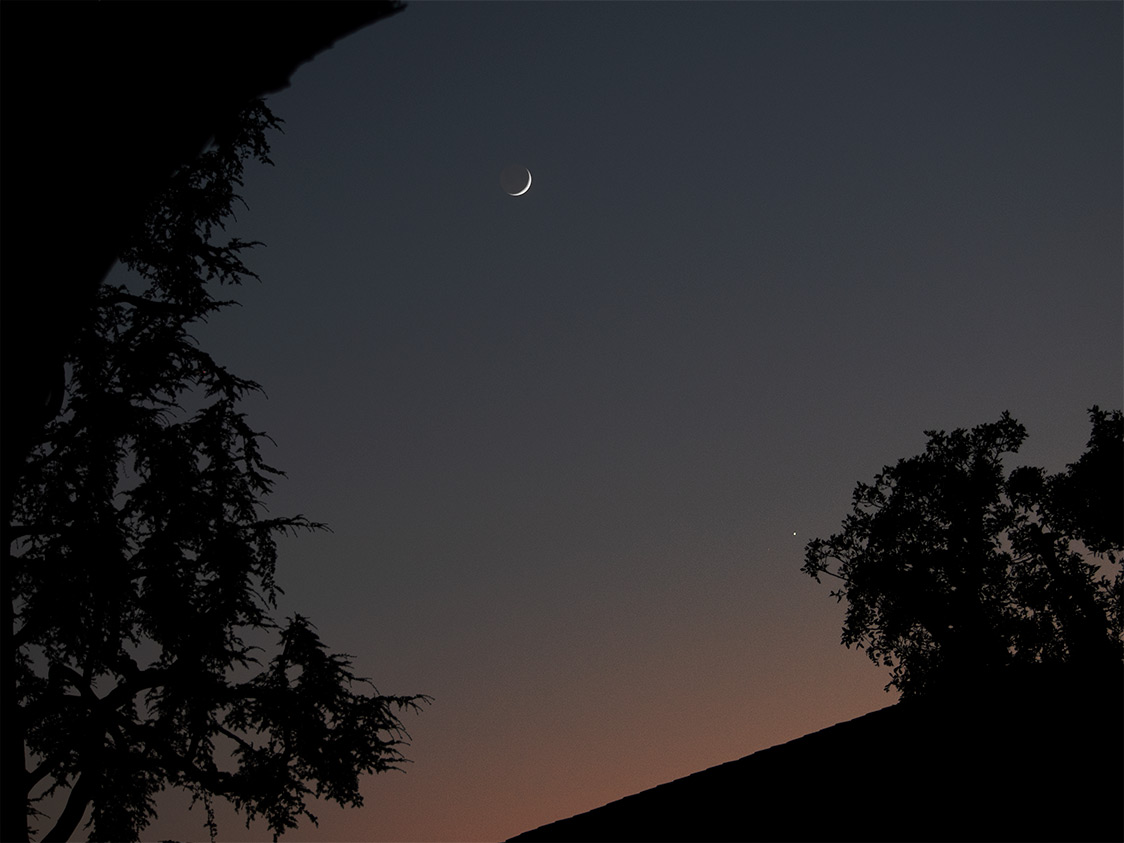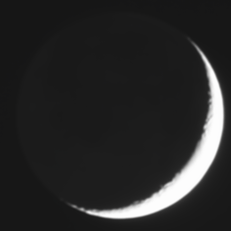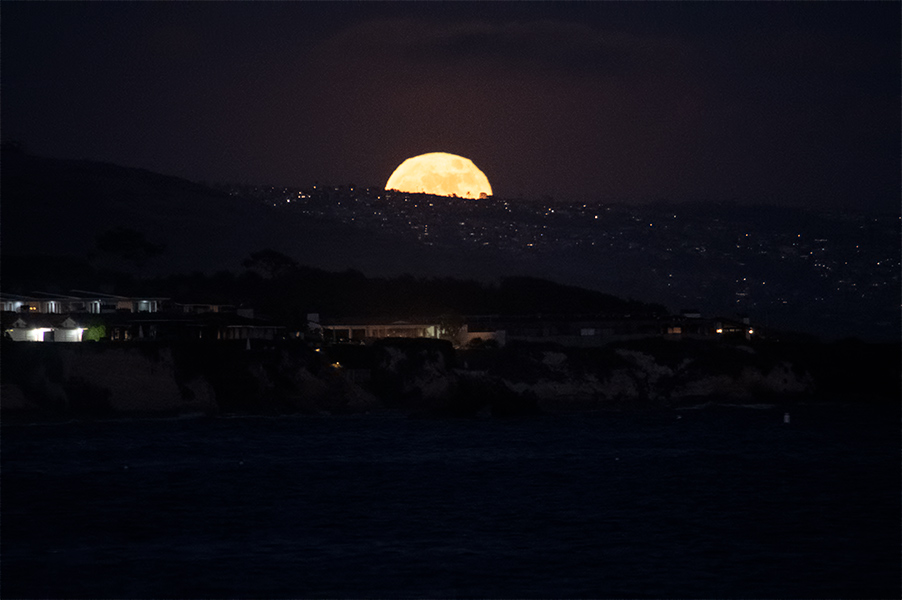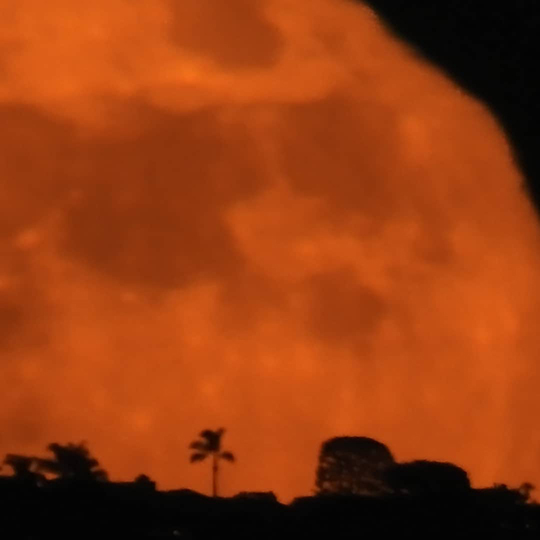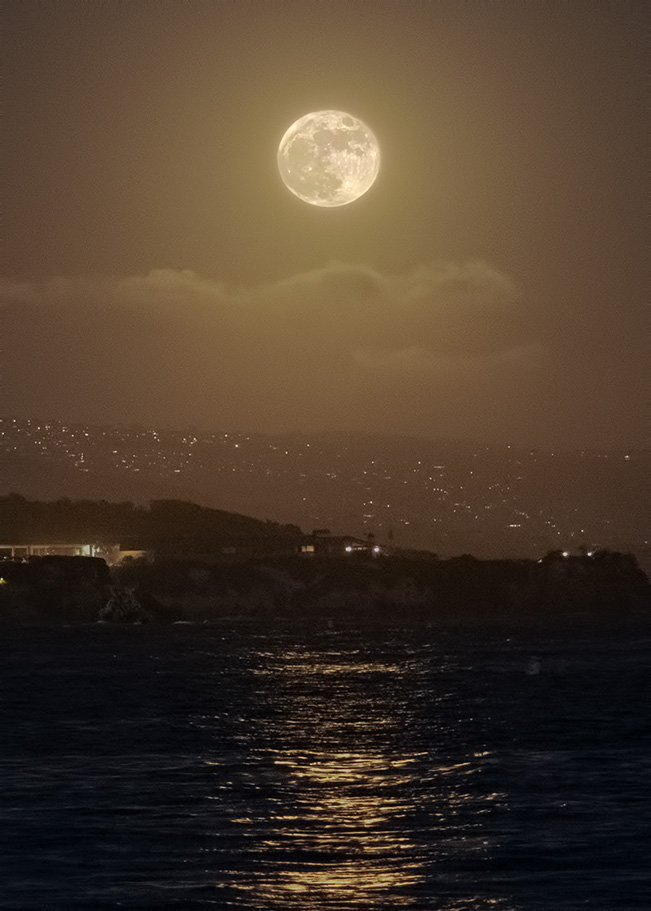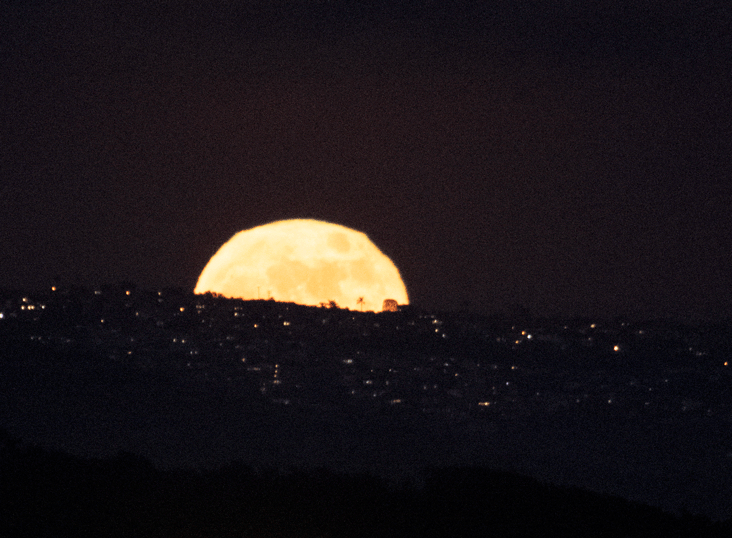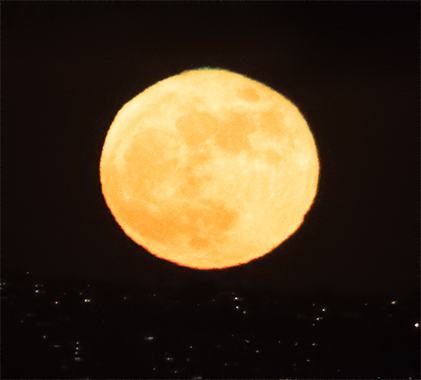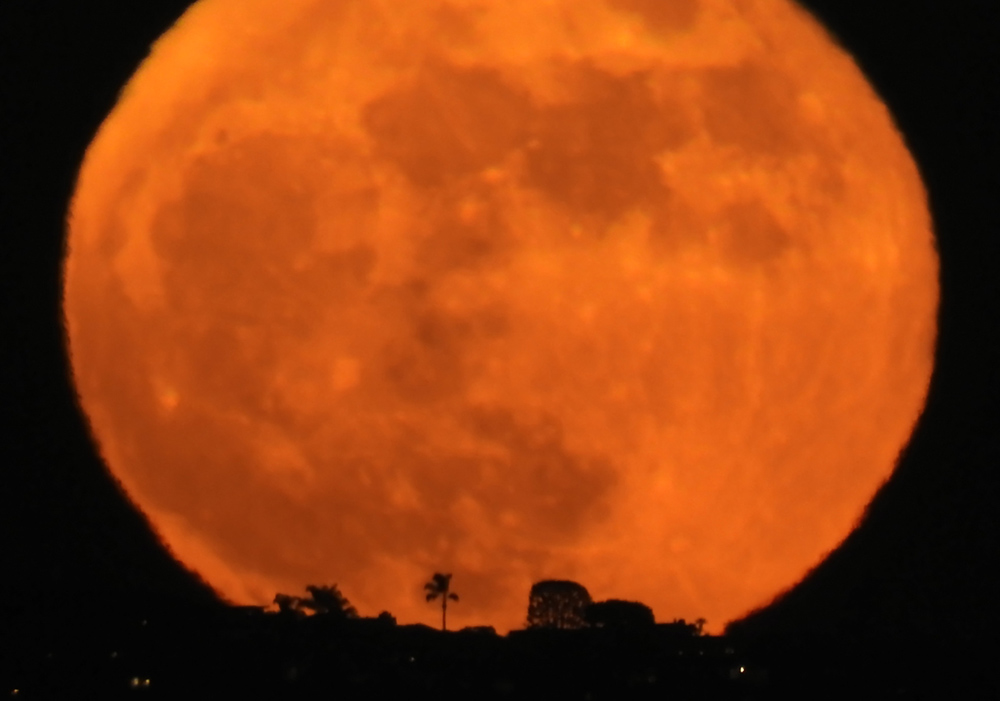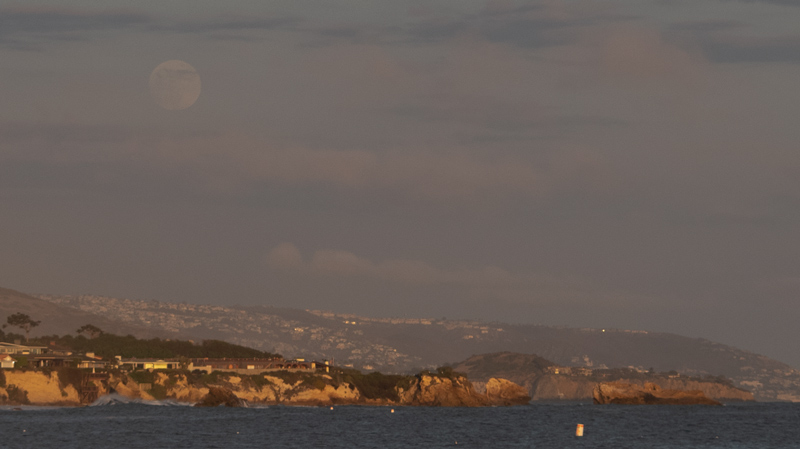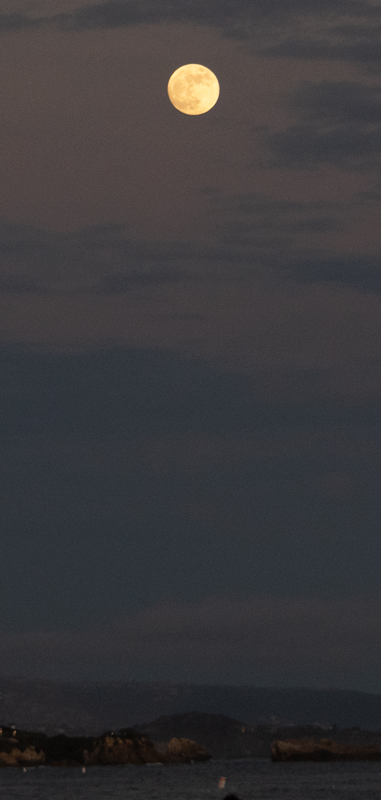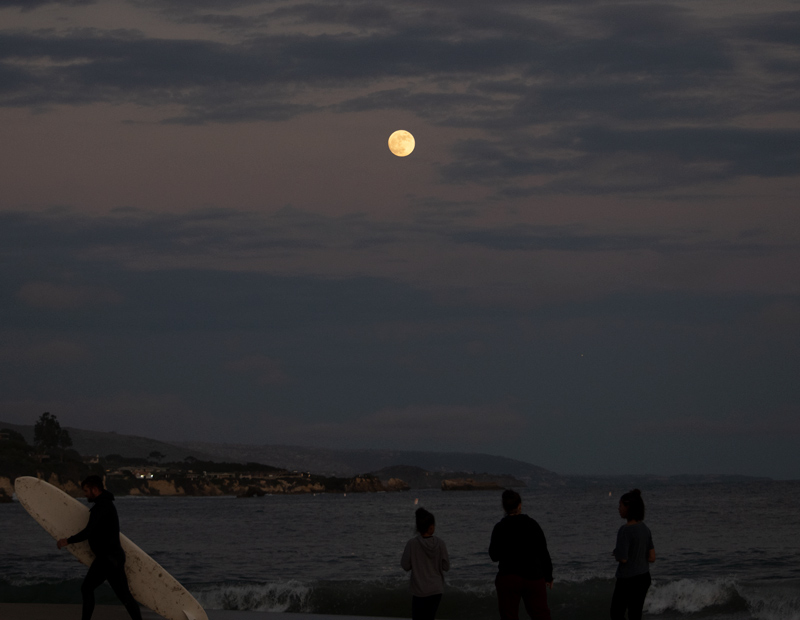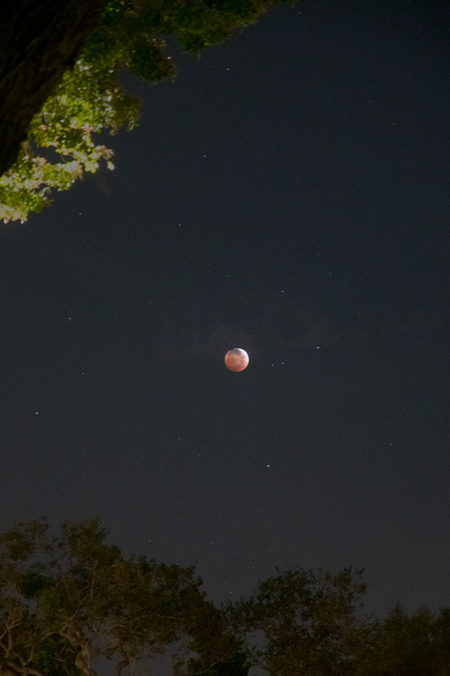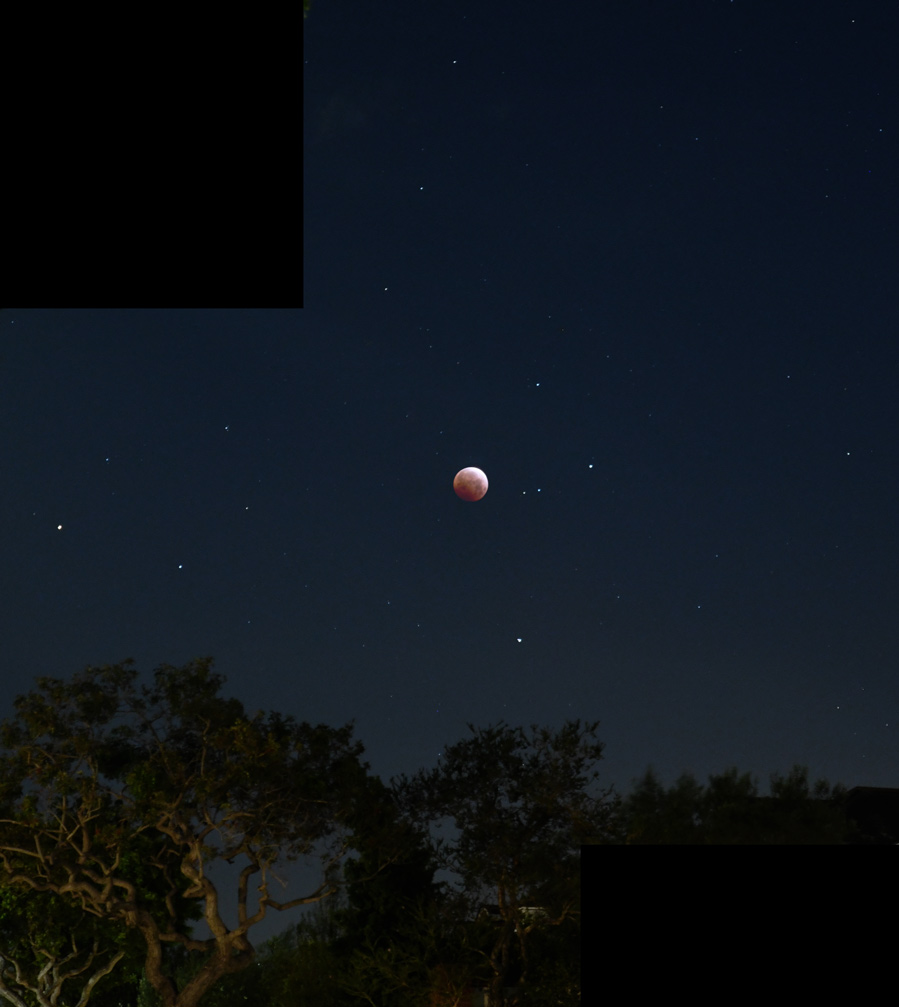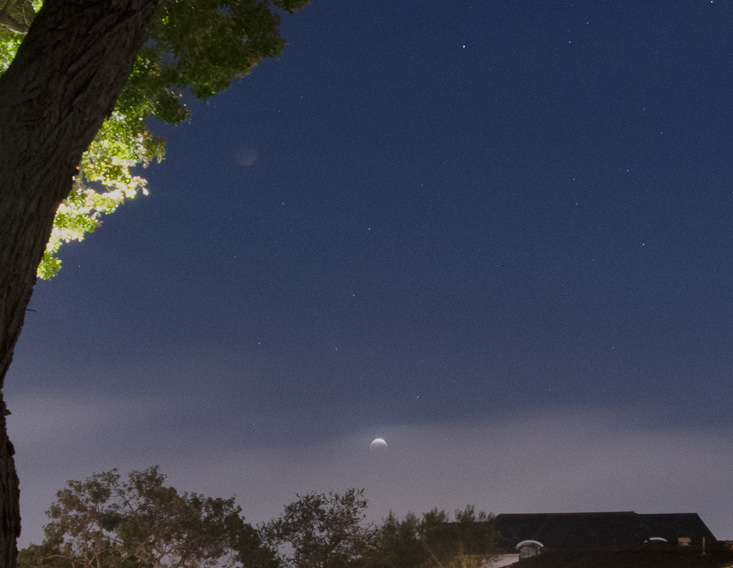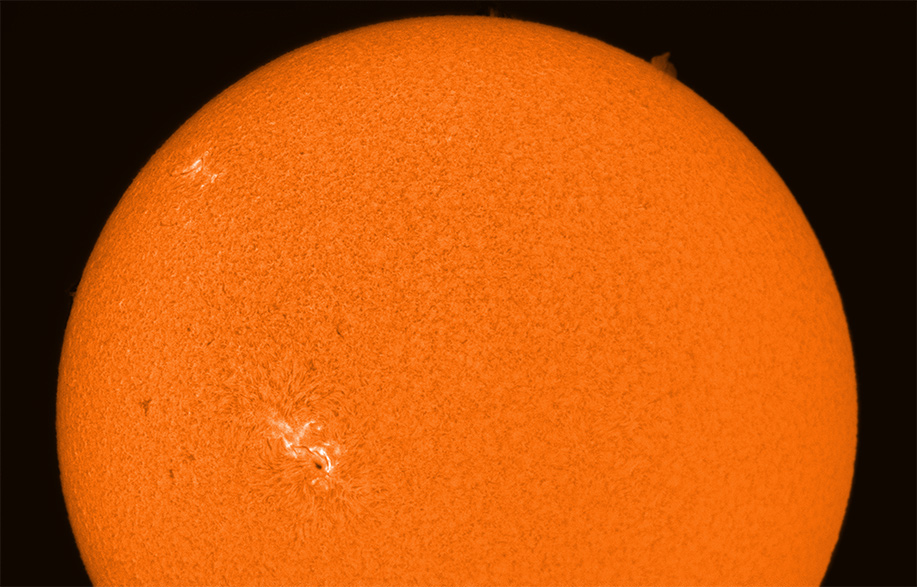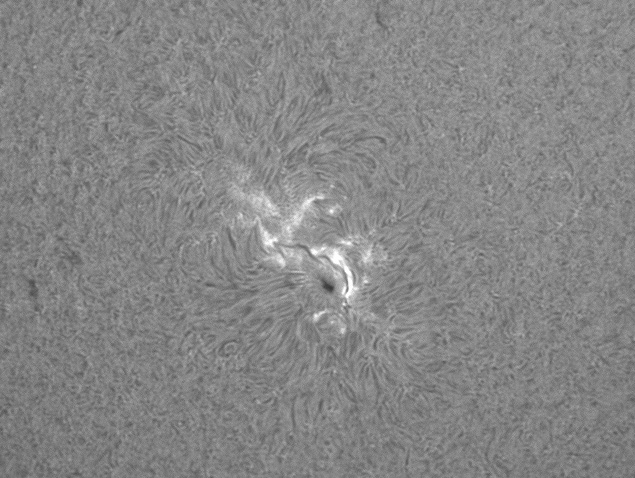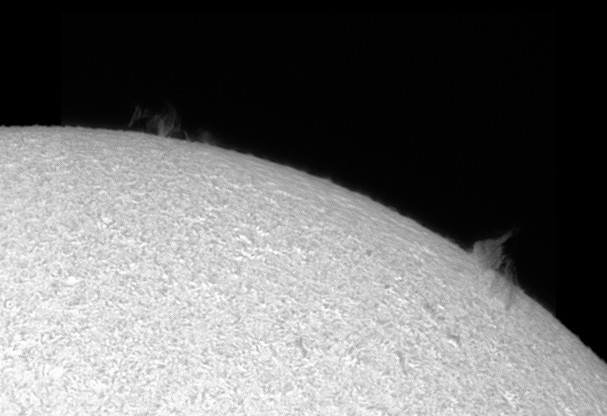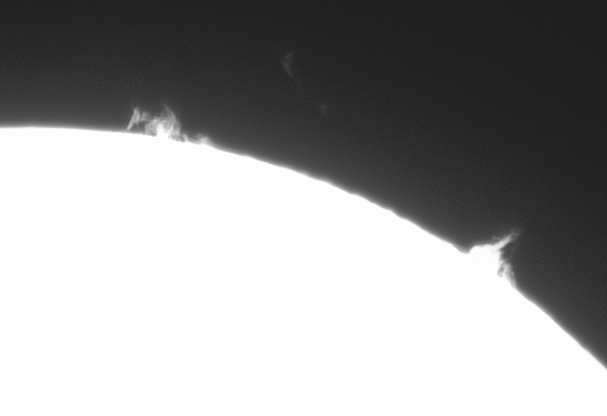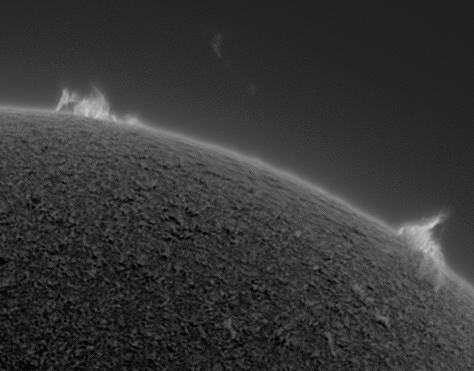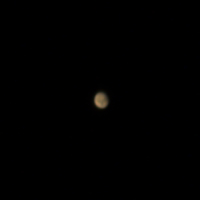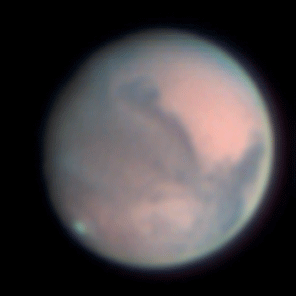the astronomy community was abuzz last week when an amateur astronomer in Brazil captured video of a bright flash as a meteor estimated at 100 m crashed into jupiter. At least 10 other observers independently observed the event, making it the most observed impact on jupiter to date; the eighth recorded since the first was observed in 1994. More information can be found in this sky & telescope article
Had the meteor struck earth it would have been equivalent to 34 megatons of TNT (hiroshima was 15 kilotons). Jupiter's massive gravity is thought to protect earth from many of these collisions.
Despite the fact that observers were not able to find any residual storms (which have been sighted after prior impacts), i decided to check out the impact site with a methane filter. unfortunately, the Jupiter Central Meridian calculator cited in the article is now defunct and spat out the wrong data--so i completely missed the site (holy homophones). nevertheless i got some colorful pictures of jupiter:
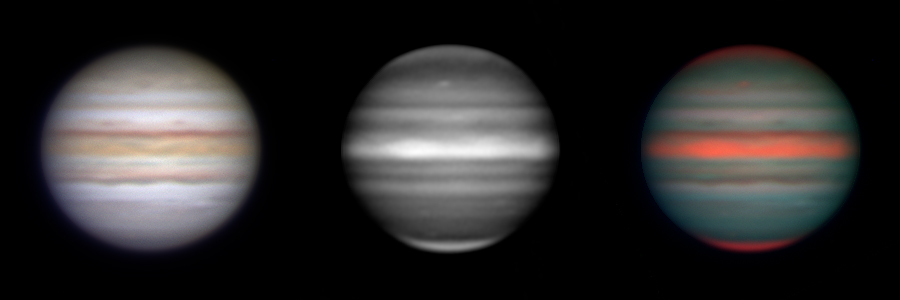 |
| Jupiter 9/16/21 04:38 UTC. RGB left, Methane center, Methane as red, GB right |
camera ZWO ASI 290MM with ZWO RGB filters
Baader methane 889 nm 8 nm bandwidth
celestron 11" Edge HD, no barlow
East Bluff, CA
90 second captures, 2x binning for methane
gain 351, exposure ~0.6-1.0 ms, 30% histogram, ~280 fps
methane exposure 375 ms, 2 fps
